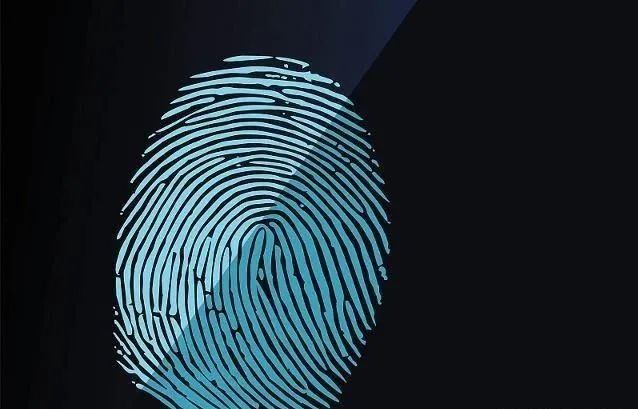Human fingerprints are genetically controlled, varying from person to person due to genetic differences. During the development of the skin, the subcutaneous tissues on the fingers grow faster than the epidermis, resulting in pressure on the top layer, forcing it to gradually form ridges and furrows, creating lines, branches, starting points, endpoints, and junctions under genetic control.
With over 100 different characteristics, fingerprints exhibit a multitude of random combinations that far exceed the total population, making it nearly impossible for two individuals to have identical fingerprints.
Moreover, injuries such as cuts or corrosions to fingerprints heal and typically restore to their original state afterward. This phenomenon is often depicted in movies and TV shows where detectives meticulously examine crime scenes, ultimately finding the suspect’s fingerprints on surfaces and using this clue to apprehend the perpetrator.
Fingerprints serve as crucial evidence in solving crimes due to their innate uniqueness. Criminals have attempted various methods like burning, cutting, or corroding to remove their fingerprints to evade legal consequences. However, once the wounds heal, the fingerprints revert to their original state, proving the resilience of this biological feature.
Capitalizing on the uniqueness of fingerprints, scientists have increasingly applied fingerprint recognition technology in various aspects of life, such as fingerprint keys and fingerprint attendance systems. With the widespread adoption and optimization of fingerprint recognition technology, individuals can now conveniently use this authentication feature on personal computers and smartphones, eliminating the need for cumbersome password inputs and enhancing the security of personal data.
Beyond fingerprint recognition, scientists have developed more advanced biometric technologies like palmprint recognition, iris recognition, and voice recognition. With the aid of these technologies, our lives are bound to become even more convenient and efficient in the near future.
Post time: Feb-28-2024





